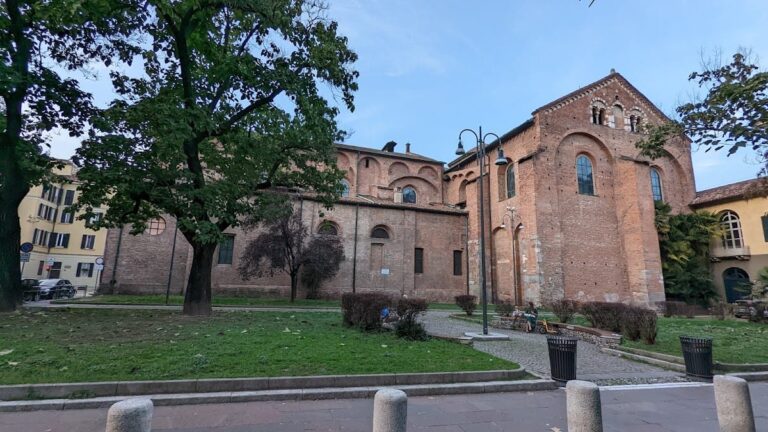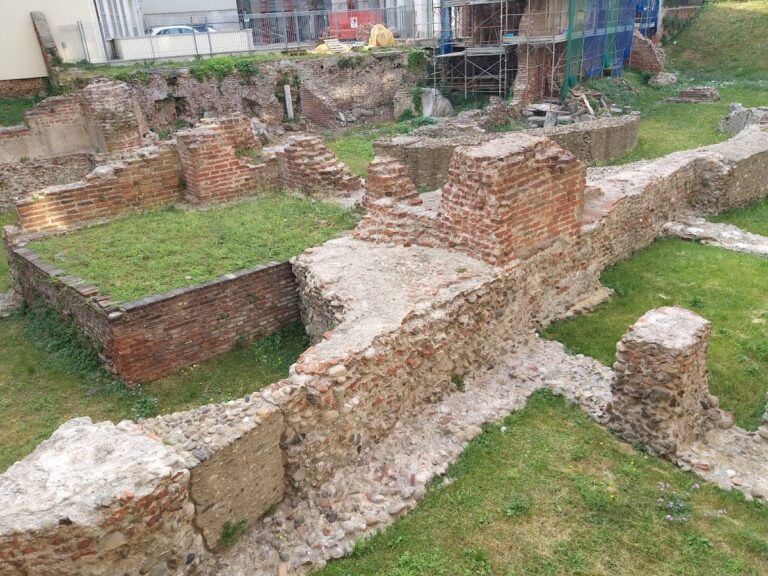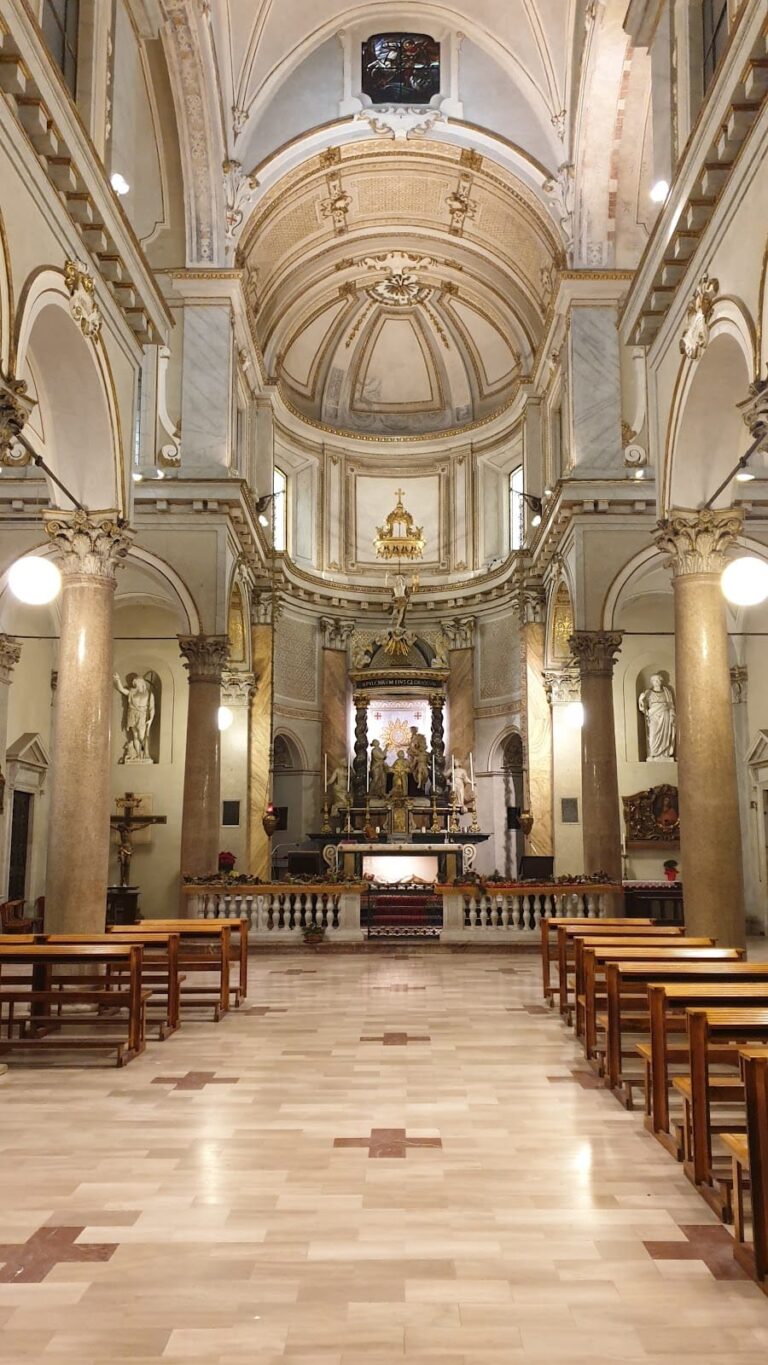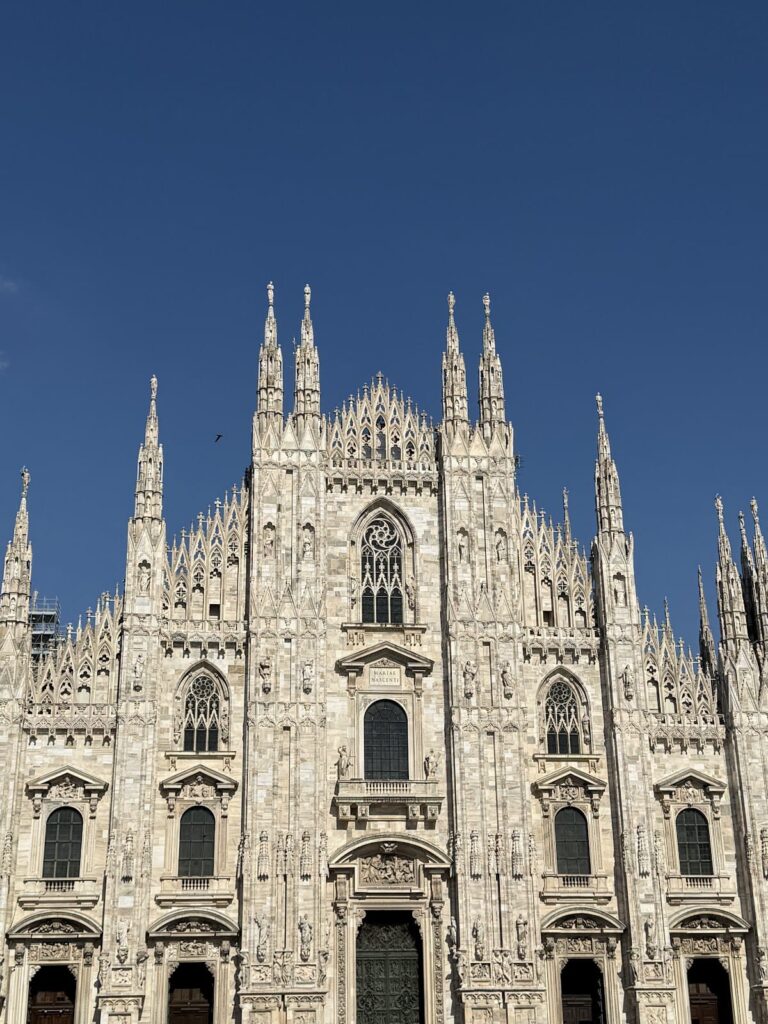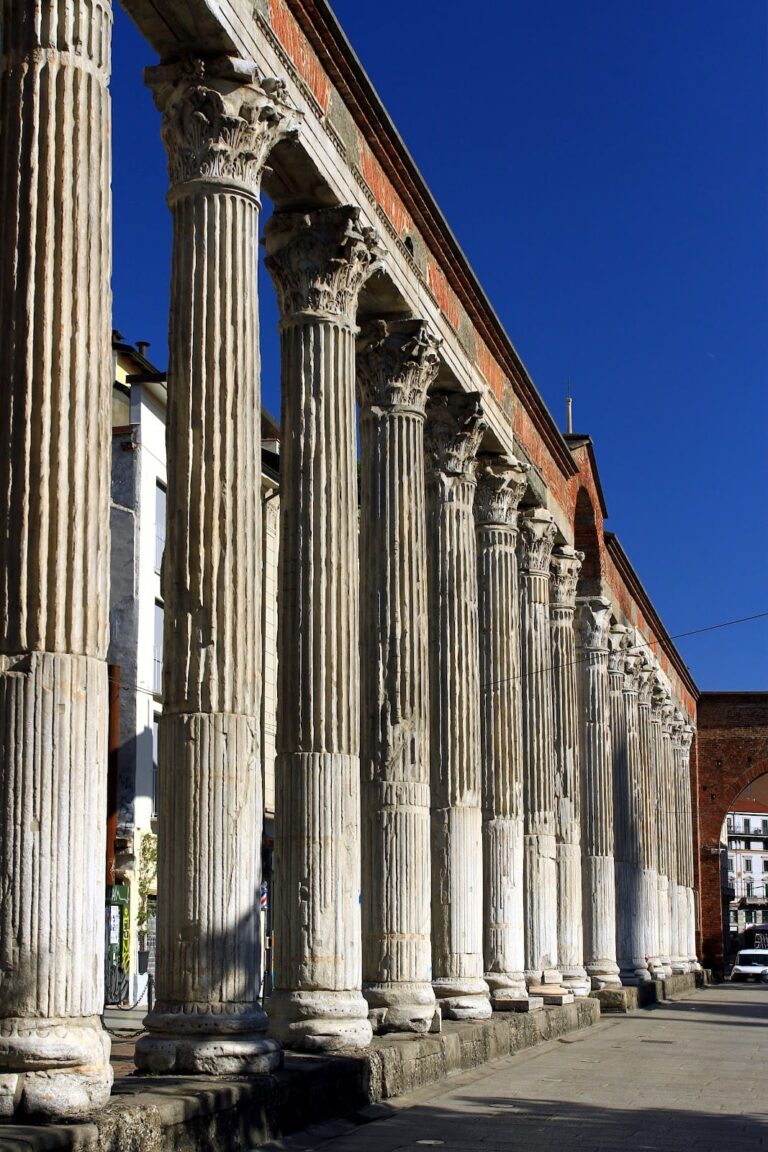Sforza Castle: A Historic Fortress and Cultural Landmark in Milan
Visitor Information
Google Rating: 4.7
Popularity: Very High
Google Maps: View on Google Maps
Official Website: www.milanocastello.it
Country: Italy
Civilization: Medieval European
Remains: Military
History
The site of Sforza Castle in Milan has a long history beginning in Roman times. It was originally the location of Castrum Portae Jovis, one of four defensive forts protecting Roman Mediolanum. Established around 286 AD, this fort also served as a Praetorian camp, guarding the city’s northern gate dedicated to Jupiter, known as Porta Giovia.
In the 14th century, the Visconti family built a medieval fortress here between 1368 and 1370 under Duke Galeazzo II Visconti. This castle, named after the Roman gate, featured a square layout with four corner towers and thick walls facing the city. It served as a stronghold near Milan’s defensive walls and marked the Visconti’s growing power.
After the Visconti line ended in 1447 and the brief Ambrosian Republic fell, Francesco Sforza, husband of Bianca Maria Visconti, began rebuilding the castle in 1450. His work included new walls, circular towers, and the central Torre del Filarete. Successors Galeazzo Maria Sforza and Ludovico il Moro continued the reconstruction, transforming the castle into a ducal residence.
Under Ludovico il Moro in the late 15th century, the castle became one of Europe’s richest courts. It attracted artists like Leonardo da Vinci and Donato Bramante, who decorated rooms and built a covered bridge linking the castle to the city walls. The castle symbolized Milanese Renaissance culture and power.
The 16th century brought conflict as French, Milanese, and German troops fought over Milan. In 1521, the central tower was destroyed by an accidental explosion. After Francesco II Sforza’s death in 1535, the Duchy ended, and the castle passed to Spanish rule under Charles V in 1536. It ceased to be a ducal residence and became a military garrison, housing thousands of soldiers and receiving extensive fortifications including star-shaped bastions.
During the Napoleonic era, the castle was besieged and partially demolished in 1800 by Napoleon’s orders, who saw it as a symbol of old tyranny. Plans to remodel it in neoclassical style were proposed but never realized. Under Austrian control in the 19th century, the castle remained a military site and became known as a prison and place of repression.
In 1893, the castle became municipal property. Architect Luca Beltrami led a major restoration from 1890 to 1905, rebuilding the castle to its Sforza-era appearance. This included reconstructing the Torre del Filarete, dedicated to King Umberto I. The restoration revived the castle’s historical character.
The castle suffered damage during World War II but was restored afterward. It evolved into a cultural center housing museums, art galleries, and libraries. The last major restoration of courtyards and halls was completed in 2005. Recent archaeological work in 2024 uncovered underground galleries beneath the castle, shown in Leonardo da Vinci’s sketches, which connected the fortress to the nearby Church of Santa Maria delle Grazie.
Remains
Sforza Castle has a roughly square layout about 200 meters on each side, with four corner towers oriented to the cardinal points. The southern and eastern towers facing the city are cylindrical, while the northern and western towers facing the park are square. The entire perimeter is surrounded by the original moat, now dry.
The main entrance is the Torre del Filarete, a tall central tower rebuilt in the early 20th century by Luca Beltrami. It features a massive square base with defensive openings called machicolations, a narrower upper section with distinctive Ghibelline merlons (a type of battlement), a clock bearing the Visconti sun emblem, and an octagonal loggia topped by a dome. Above the entrance arch is a marble relief of King Umberto I on horseback and a statue of Saint Ambrose surrounded by the coats of arms of six Sforza dukes.
The rear façade is the oldest part, dating to the 14th-century Visconti construction. It is divided by the Porta del Barco gate. Nearby is the Porta dei Carmini and the Ponticella di Ludovico il Moro, a Renaissance bridge attributed to Donato Bramante. This open loggia with slender stone columns once connected the ducal apartments to the outer walls and is linked to Ludovico’s mourning of his wife Beatrice d’Este.
Inside, the castle’s courtyard complex includes three main areas: the large parade ground (Piazza d’Armi) for troops, the Rocchetta fortress where the Sforza family could take refuge, and the Ducal Court, the ducal residence. These are separated by a “dead moat,” part of the original medieval defenses.
The Rocchetta is a square courtyard surrounded by five-story buildings with a ground-floor portico supported by stone columns and upper floors with terracotta-framed windows. It is defended by the Bona di Savoia tower, built in 1477 during the regency of Bona of Savoy, and the Castellana or Treasure Tower, which housed the duchy’s treasury. The Treasure Tower contains a Renaissance fresco of Argus, the mythological ever-watchful guardian.
The Ducal Court occupies the northern part of the castle in a U-shaped plan. Built mainly in the late 15th century, it features light plaster walls with sgraffito decorations, rows of pointed-arch windows framed in terracotta, and a portico known as the “Elephant Portico” with faded frescoes of exotic animals. A Renaissance fountain decorated with Sforza and Visconti emblems stands on the wall dividing the Ducal Court from the Rocchetta.
The castle’s fortifications were expanded in the 16th century with star-shaped bastions and moats extending about 3 kilometers, covering roughly 25.9 hectares. The outermost defensive ring, called the Ghirlanda, was demolished in the 19th century.
The grounds include the Spanish Hospital building from 1576, restored in 2015 to house Michelangelo’s Pietà Rondanini sculpture. Several Renaissance façades from demolished Milanese buildings have been relocated here.
The castle once contained extensive frescoes by artists such as Leonardo da Vinci, Bernardino Zenale, and Bernardino Butinone, though many original artworks have been lost or damaged.
Recent archaeological discoveries in 2024 revealed a network of underground galleries beneath the castle. These tunnels, depicted in Leonardo da Vinci’s sketches, were used for military purposes and connected the castle to the Church of Santa Maria delle Grazie.





